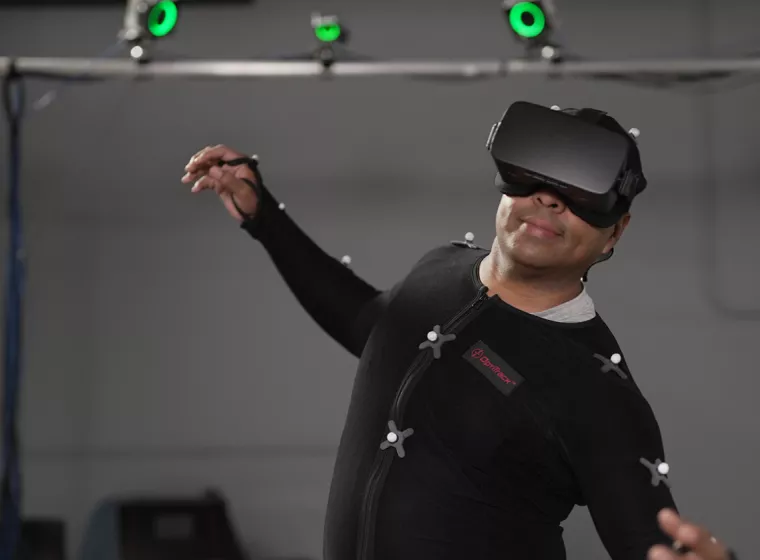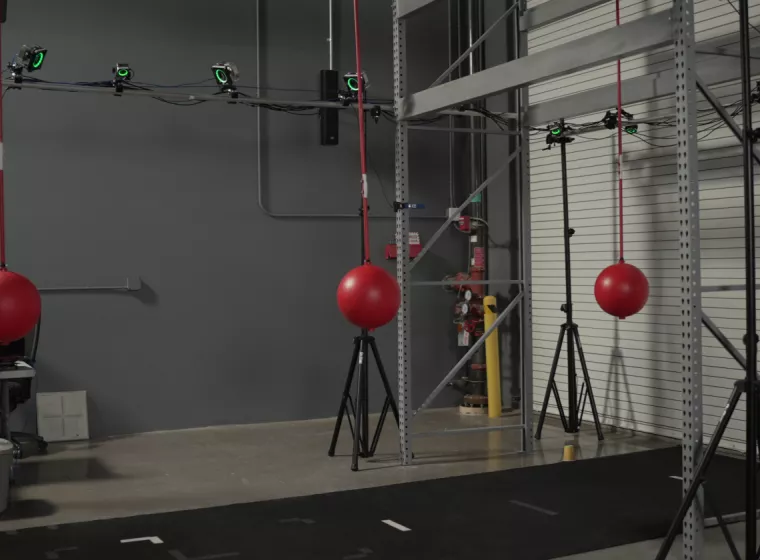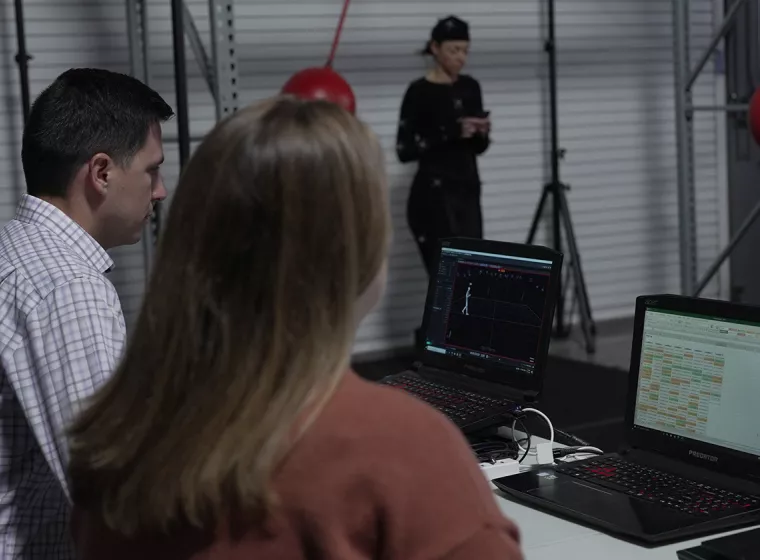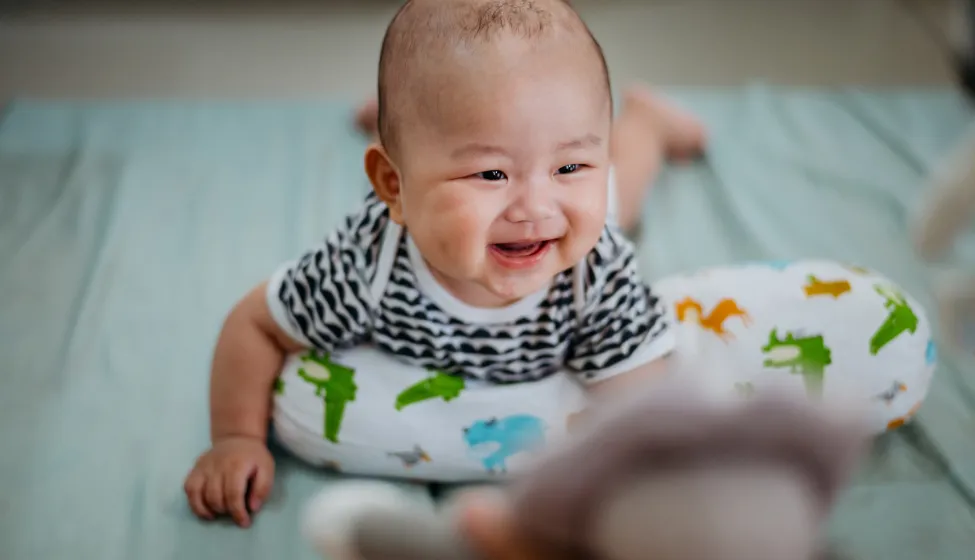July 21, 2025
Federal safety regulations mandate manufacturer compliance for performance, material, and label criteria
New U.S. Consumer Product Safety Commission (CPSC) safety regulations for infant support cushions, effective since May 5, represent emerging, complex compliance obligations for product manufacturers.
CPSC finalized these new regulations in November 2024 as 16 CFR part 1243 to address injury and suffocation-related risk factors related to infant support cushions. They define an infant support cushion as "an infant product that is filled with or comprised of resilient material such as foam, fibrous batting, or granular material or with a gel, liquid, or gas, and which is marketed, designed, or intended to support an infant's weight or any portion of an infant while reclining or in a supine, prone, or recumbent position." This can include infant positioners, nursing pillows also used for lounging, infant loungers, and infant props. Notably, the infant support cushions regulation does not apply to infant pillows or infant cushions that meet the criteria for CPSC's infant pillow ban (16 CFR § 1500.18(a)(16)).
To maintain compliance, manufacturers must ensure affected products adhere to stringent design specifications and eliminate hazards such as sharp points, loose or small parts, and unsafe inclines. Manufacturers are additionally responsible for ensuring that all surface coatings are free of lead, toy accessories meet established federal regulations, clear and permanent warning labels are affixed to each product, and specific requirements are tested according to existing standards.
Addressing injuries and fatalities
CPSC staff first proposed the infant support cushion regulation after reviewing data identifying 79 reported fatalities of children aged 12 months or less, as well as 125 nonfatal incidents, that involved infant support cushions between 2010 and 2022. CPSC staff also reported that approximately 80% of the fatalities, when age was identified, were age 3 months or less. Most fatalities (62%) were reported to be caused by asphyxia, or probable asphyxia, and nearly all reported fatalities involved placement of the infant support cushion on another sleep-related consumer product. Most nonfatal incidents involved injuries associated with falls, where the infant support cushion was placed on an elevated surface, or threatened asphyxia, where an infant was found with mouth and nose obstructed.
As a result, per CPSC, the new regulation is based on observed injury patterns, with its recommendations stemming in part from a biomechanics study of infant suffocation commissioned by CPSC. Per CPSC, the regulation also attempts to address a perceived gap in both international and voluntary standards for addressing hazards associated with infant support cushions. As such, 16 CFR part 1243 provides general requirements typically applied to children's products, performance requirements, such as stability, openings, surface firmness, and incline angles, and labeling requirements for warnings and instructions.
Overview of 16 CFR part 1243 requirements
The CPSC's new regulation outlines both general and performance requirements for infant support cushions. The general requirements, and associated technical criteria, are as follows:
- No hazardous sharp points or edges (16 CFR 1500.48 and 1500.49)
- No small parts (16 CFR part 1501)
- No "lead containing paint" (16 CFR part 1303)
- Toy accessories comply with 16 CFR part 1250
- Removable components tested in accordance with § 1243.5(k)
- Warning labels and statements, in various forms, tested in accordance with § 1243.5(b)(1) through (3), § 1243.5(b)(4), § 1243.5(b)(5), and § 1243.5(b)(3)
- Convertible products comply with the applicable safety standards
Performance requirements mandate:
- No restraining systems
- Seam strength tested in accordance with § 1243.5(j)
- Bounded openings "shall not allow complete passage of the small head probe unless it allows the complete passage of the large head probe" (§ 1243.5(c))
- Maximum incline angle shall not exceed 10 degrees (§ 1243.5(d))
- Firmness, in varying product specifications, tested in accordance with § 1243.5(f), § 1243.5(g), and § 1243.5(h)
- Sidewall angle shall be greater than 90 degrees (§ 1243.5(i))
Next steps for manufacturers
Manufacturers now need to comply with CPSC-accredited third-party testing and certification requirements for children's products, as outlined in 16 CFR parts 1107 and 1109. To address potential user risk, meet compliance requirements, and avoid costly recalls, manufacturers of infant support cushions will benefit from careful evaluations of how their products are impacted by these new standards, including conducting thorough risk assessments and monitoring postmarket incidents and reviews carefully.
The new regulation provides specific testing protocols to assess compliance (e.g., dimensions for test probes, testing locations on products, minimum or maximum test value required). Similarly, the new regulation provides specific criteria regarding labeling, including explicit language requirements as to whether the product is intended to be used for "tummy time."
While the new regulation applies to products manufactured after May 5 of this year, infant support cushion products currently on the market are not held to these requirements. Assessing these products against the new requirements can provide manufacturers with metrics for identifying changes that may be necessary surrounding product design or labeling requirements for compliance.
Exponent is well-equipped to answer questions that manufacturers may have with respect to the use of various materials or geometric configurations with their products, safety considerations related to the product design or inclusion of specific accessories, identification of potential hazards and use-related risks, or evaluation of warnings or instructions.
What Can We Help You Solve?
Exponent consultants have extensive experience helping clients mitigate product safety risks through compliance with regulations and industry standards, risk assessments, and postmarket surveillance. With unparalleled scientific and industry-specific domain expertise, we work with product manufacturers to identify hazard patterns and develop rigorous tests to assess product usage and injury potential.

Consumer Product Design, Usage & Injury Analysis
Expert user interaction analysis to support mitigating the risk of injuries from consumer products.

Child Safety
Understand the impact of various products on child safety with expert human factors analyses.

Product Design & Safety
Human factors and risk analyses to help clients improve designs for a range of products.

Cutting-Edge User Research Testing & Evaluations
Pioneering scientific user experience research across the full lifecycle of consumer, industrial, automotive, and medical device products.

Improve User Research & Testing
Human factors investigations for data-driven product and process design decisions.

Consumer Product Safety Improvement Act
Guidance and support navigating CPSIA regulatory requirements.




